Peppers And Tomatoes: The Perfect Companion Plants
Title: Peppers and Tomatoes: The Perfect Companion Plants
Introduction:
Peppers and tomatoes are two of the most popular vegetables grown in home gardens. They are both members of the nightshade family, and they have similar growing requirements. This makes them ideal companion plants, as they can help each other thrive.
In this blog post, we will discuss the benefits of planting peppers and tomatoes together. We will also provide a list of other good companion plants for peppers and tomatoes.
Main Content:
Benefits of Planting Peppers and Tomatoes Together:
There are many benefits to planting peppers and tomatoes together. Here are a few of the most notable benefits:
- Improved pollination: The strong scent of basil attracts pollinators, such as bees and butterflies. These pollinators help to improve the pollination of both peppers and tomatoes, which leads to a better harvest.
- Disease and pest control: Some companion plants can help to repel pests and diseases. For example, marigolds can help to repel nematodes, which can damage the roots of peppers and tomatoes.
- Improved soil quality: Some companion plants can help to improve the soil quality, which can benefit both peppers and tomatoes. For example, legumes, such as beans and peas, can fix nitrogen in the soil, which is a nutrient that peppers and tomatoes need.
- Increased yields: When peppers and tomatoes are planted together, they can help each other to grow larger and produce more fruit. This is because they help to create a more favorable microclimate for each other.
List of Other Good Companion Plants for Peppers and Tomatoes:
In addition to basil and marigolds, there are many other good companion plants for peppers and tomatoes. Here are a few more:
- Alliums: Onions, garlic, and chives can help to repel pests such as aphids and spider mites.
- Lettuce: Lettuce can help to suppress weeds and improve the soil quality.
- Cucumbers: Cucumbers can help to attract pollinators and improve the pollination of peppers and tomatoes.
- Herbs: Many herbs, such as mint, oregano, and thyme, can help to repel pests and diseases.
Conclusion:
Peppers and tomatoes are two of the most popular vegetables grown in home gardens. They are both members of the nightshade family, and they have similar growing requirements. This makes them ideal companion plants, as they can help each other thrive.
If you are planning to grow peppers and tomatoes in your garden, be sure to plant them together. You will be rewarded with a better harvest and a healthier garden.
Pepper plants and tomato plants are both popular vegetables that can be grown together in the garden. However, there are some companion plants that can help to improve the health and productivity of both plants.
Some of the best companion plants for peppers and tomatoes include:
- Basil: Basil is a well-known companion plant for tomatoes, but it also works well for peppers. The strong scent of basil helps to repel pests, such as thrips and whiteflies.
- Marigolds: Marigolds are another great companion plant for peppers and tomatoes. They help to repel nematodes, which can be a problem for both plants.
- Petunias: Petunias are not only beautiful flowers, but they also help to repel pests, such as aphids and leafhoppers.
- Nasturtiums: Nasturtiums are another great choice for companion plants for peppers and tomatoes. They help to attract beneficial insects, such as ladybugs and hoverflies, which can help to control pests.
For more information about peppers and tomatoes companion plants, visit this website: https://www.gardeningknowhow.com/edible/vegetables/pepper/pepper-plant-companions.htm.
FAQ of peppers and tomatoes companion plants
Question: What are some good companion plants for peppers and tomatoes?
Answer:
- Basil: Basil is a classic companion plant for tomatoes, as it helps to repel pests and attract beneficial insects. It also tastes great when added to tomato dishes!
- Cucumbers: Cucumbers and tomatoes are both heavy feeders, so they benefit from being planted together. The cucumbers help to keep the soil moist, while the tomatoes provide shade for the cucumbers.

- Herbs: Many herbs, such as dill, fennel, and cilantro, make good companion plants for peppers and tomatoes. They help to deter pests and attract beneficial insects.
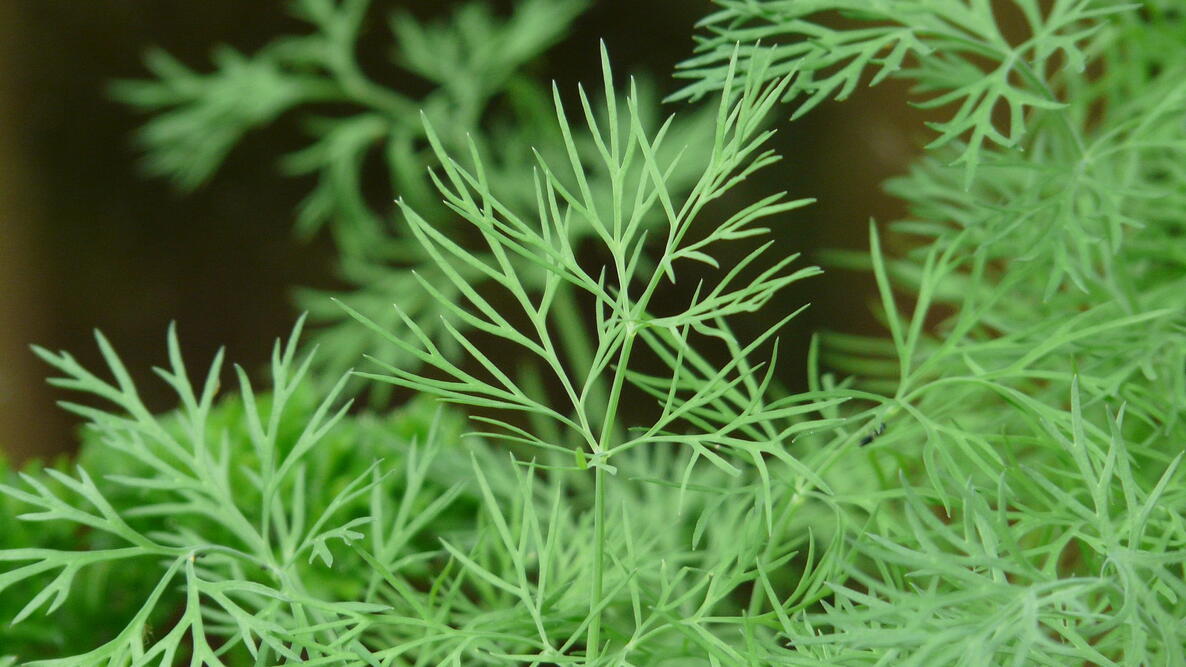

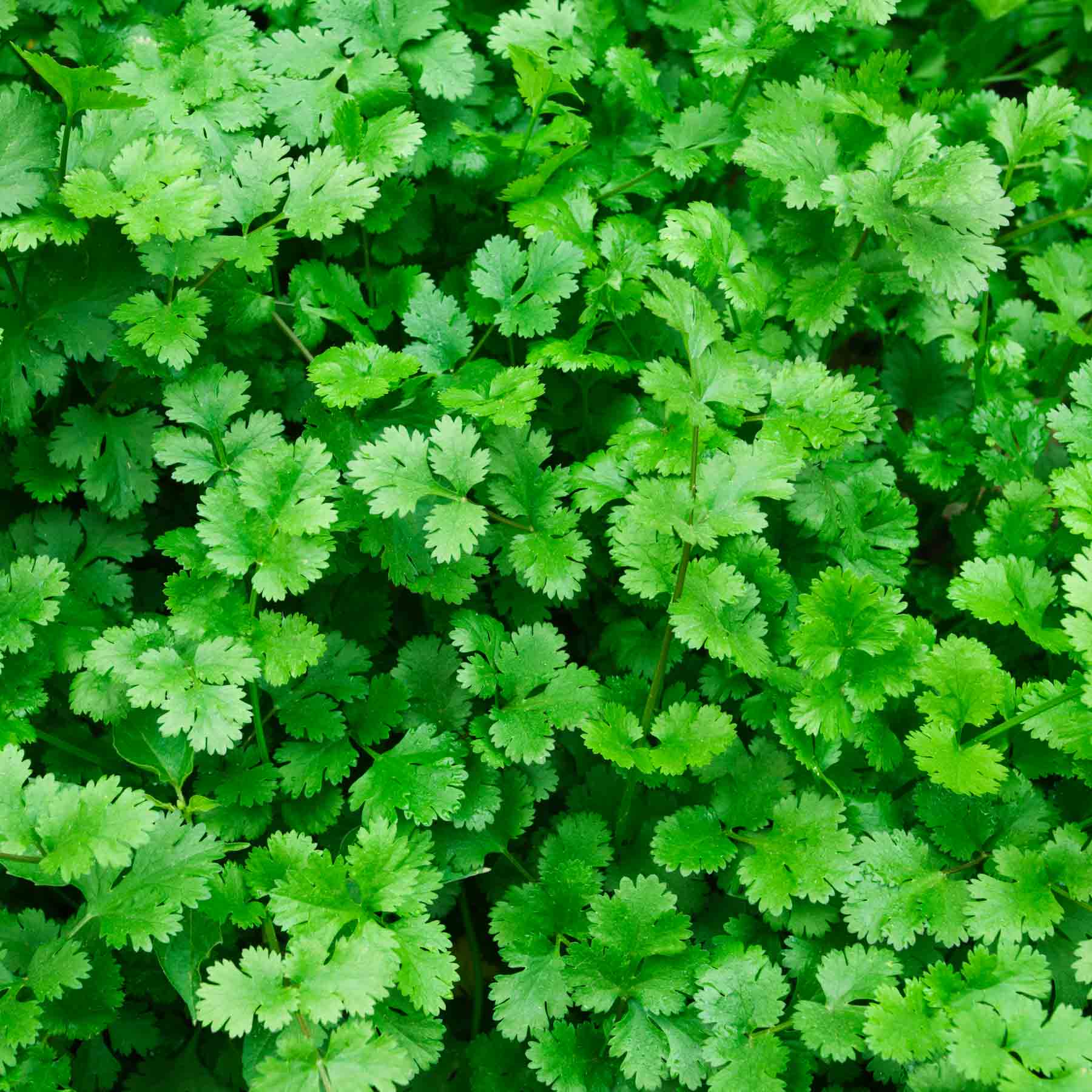
- Marigolds: Marigolds are another great companion plant for peppers and tomatoes. They help to repel nematodes, which are a common pest of tomatoes.
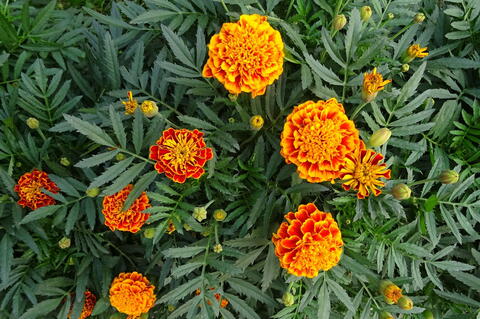
- Spinach: Spinach is a cool-season crop that can be planted around tomatoes and peppers in the spring or fall. It helps to suppress weeds and improve the soil.
Question: What are some plants that should not be planted near peppers and tomatoes?
Answer:
- Potatoes: Potatoes and tomatoes are both members of the nightshade family, and planting them together can increase the risk of diseases.
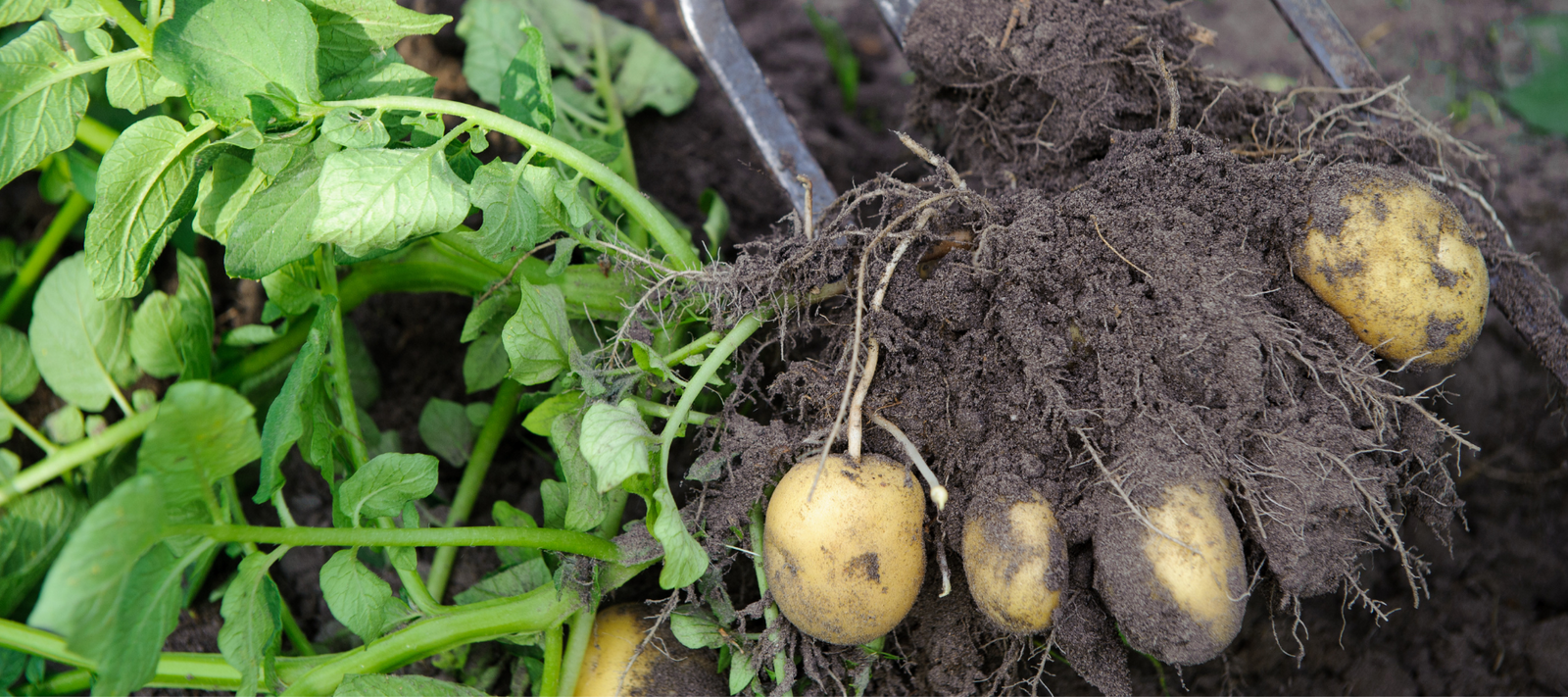
- Eggplants: Eggplants are also members of the nightshade family, and they should not be planted near peppers and tomatoes.
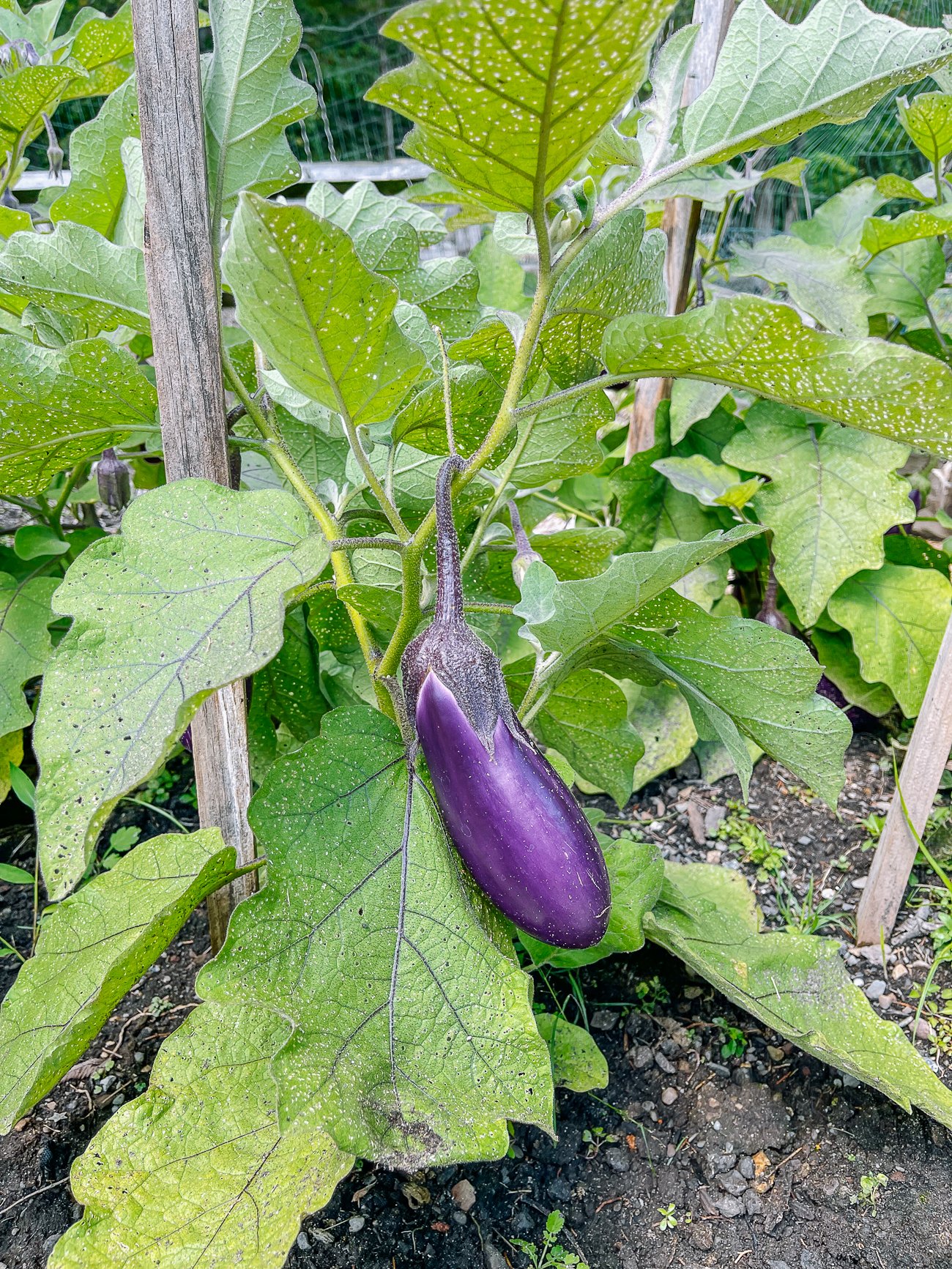
- Cabbage: Cabbage and other members of the brassica family can attract pests that also target peppers and tomatoes.

- Melons: Melons and peppers compete for water and nutrients, so they should not be planted together.
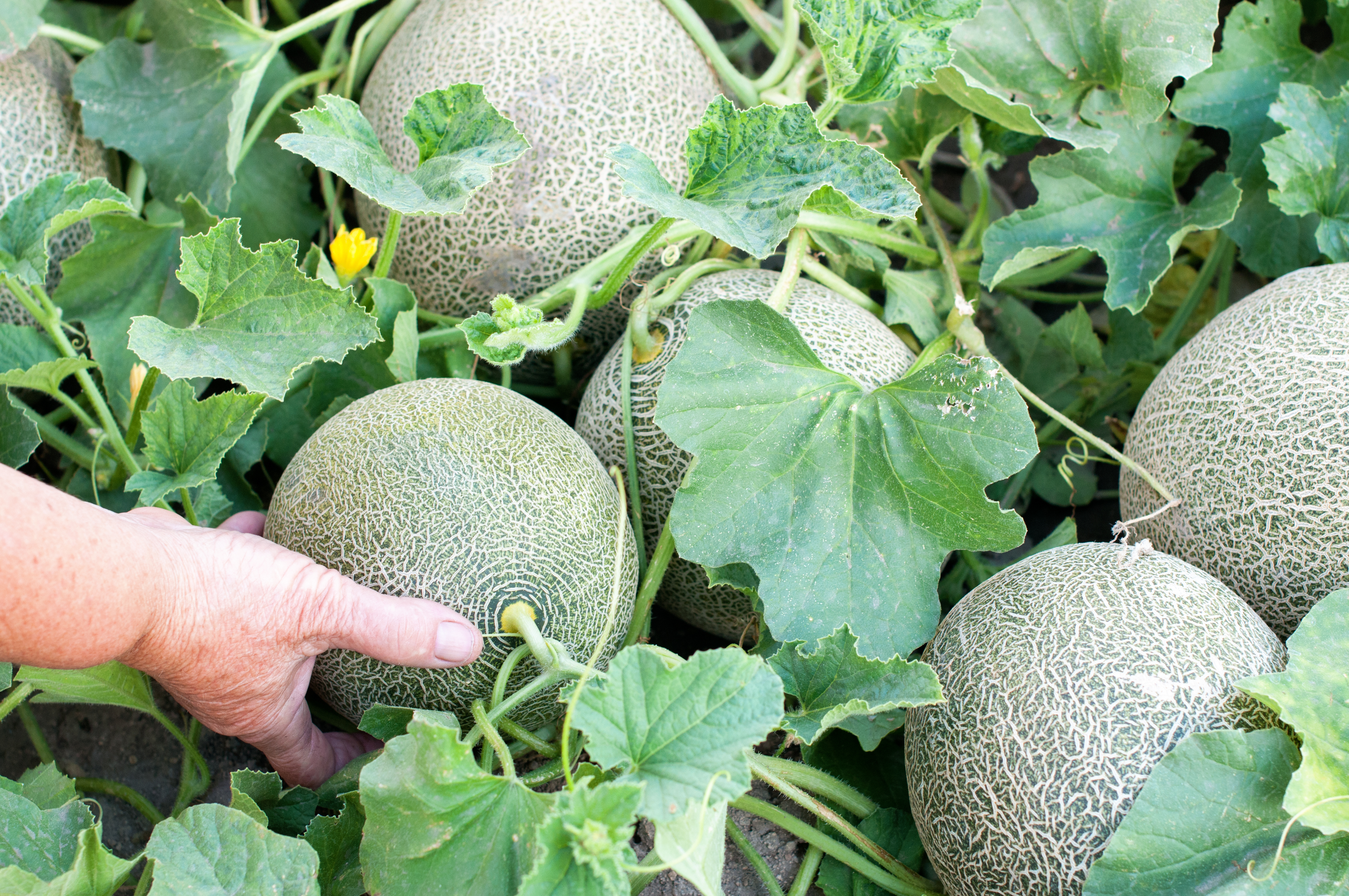
Question: What are the benefits of planting companion plants with peppers and tomatoes?
Answer:
- Disease and pest control: Companion plants can help to deter pests and diseases. For example, basil helps to repel mosquitoes and aphids, while marigolds help to repel nematodes.
- Improved pollination: Some companion plants, such as dill and fennel, attract beneficial insects that help to pollinate tomatoes.
- Enhanced growth: Companion plants can help to improve the growth of peppers and tomatoes by suppressing weeds, improving the soil, and providing shade.
Question: How far apart should peppers and tomatoes be planted?
Answer:
Peppers and tomatoes should be planted at least 18 inches apart. This allows for adequate space for the plants to grow and prevents diseases from spreading.
Image of peppers and tomatoes companion plants
10 different images of peppers and tomatoes companion plants that are free to use:
- Basil. Basil is a classic companion plant for tomatoes, and for good reason. It helps to repel aphids, whiteflies, and other pests, and it also enhances the flavor of tomatoes.
- Chives. Chives are another great companion plant for tomatoes. They help to repel aphids, as well as nematodes, which are microscopic worms that can damage tomato roots.
- Marigolds. Marigolds are not only beautiful flowers, but they also help to repel a variety of pests, including nematodes, aphids, and whiteflies. They are also a good choice for attracting pollinators, which can help to increase your tomato yield.
- Nasturtiums. Nasturtiums are another great choice for attracting pollinators, and they also help to repel aphids and other pests. They are also edible, and their leaves can be used in salads or cooked like spinach.
- Onions. Onions are a good companion plant for tomatoes because they help to repel nematodes. They also help to improve the flavor of tomatoes.
- Peas. Peas are a good nitrogen-fixing plant, which means they can help to improve the soil quality for tomatoes. They also help to attract pollinators.
- Potatoes. Potatoes are another good nitrogen-fixing plant, and they can also help to attract pollinators. They are also a good choice for intercropping with tomatoes, as they can help to shade the tomatoes from the afternoon sun.
- Spinach. Spinach is a good companion plant for tomatoes because it helps to suppress weeds. It is also a good source of nutrients, which can help to improve the health of tomato plants.

- Sunflowers. Sunflowers are a good companion plant for tomatoes because they help to attract pollinators. They also help to improve the air circulation around tomato plants, which can help to reduce the risk of disease.
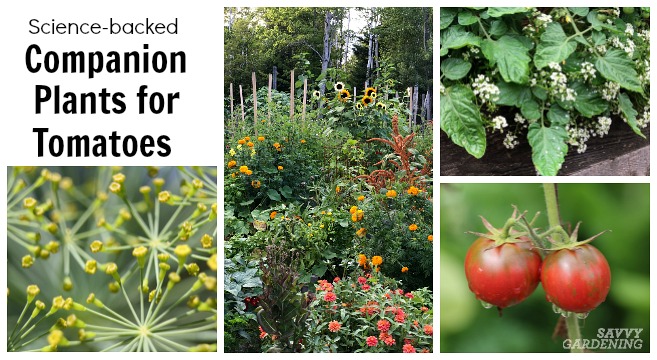
Post a Comment for "Peppers And Tomatoes: The Perfect Companion Plants"